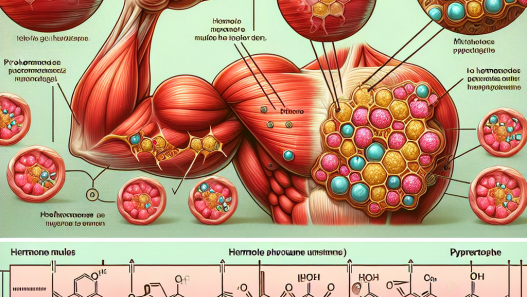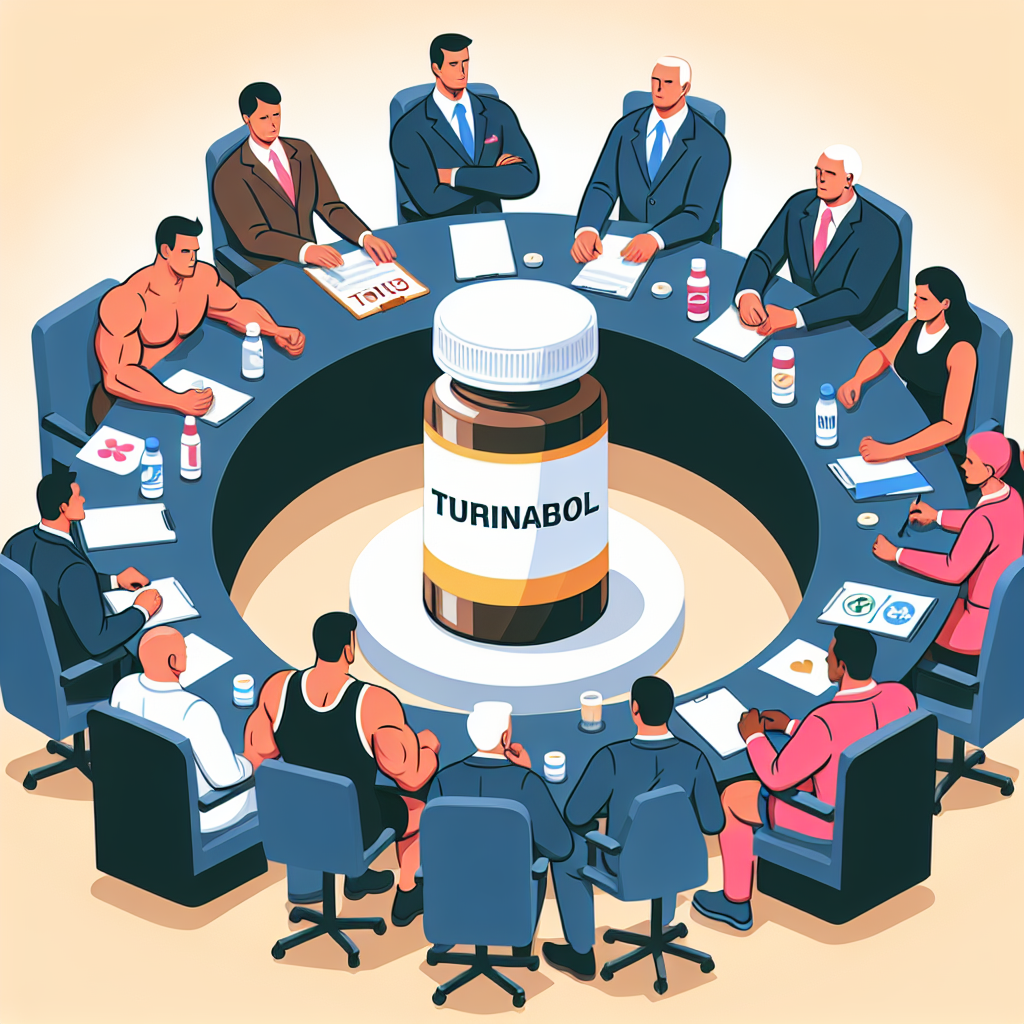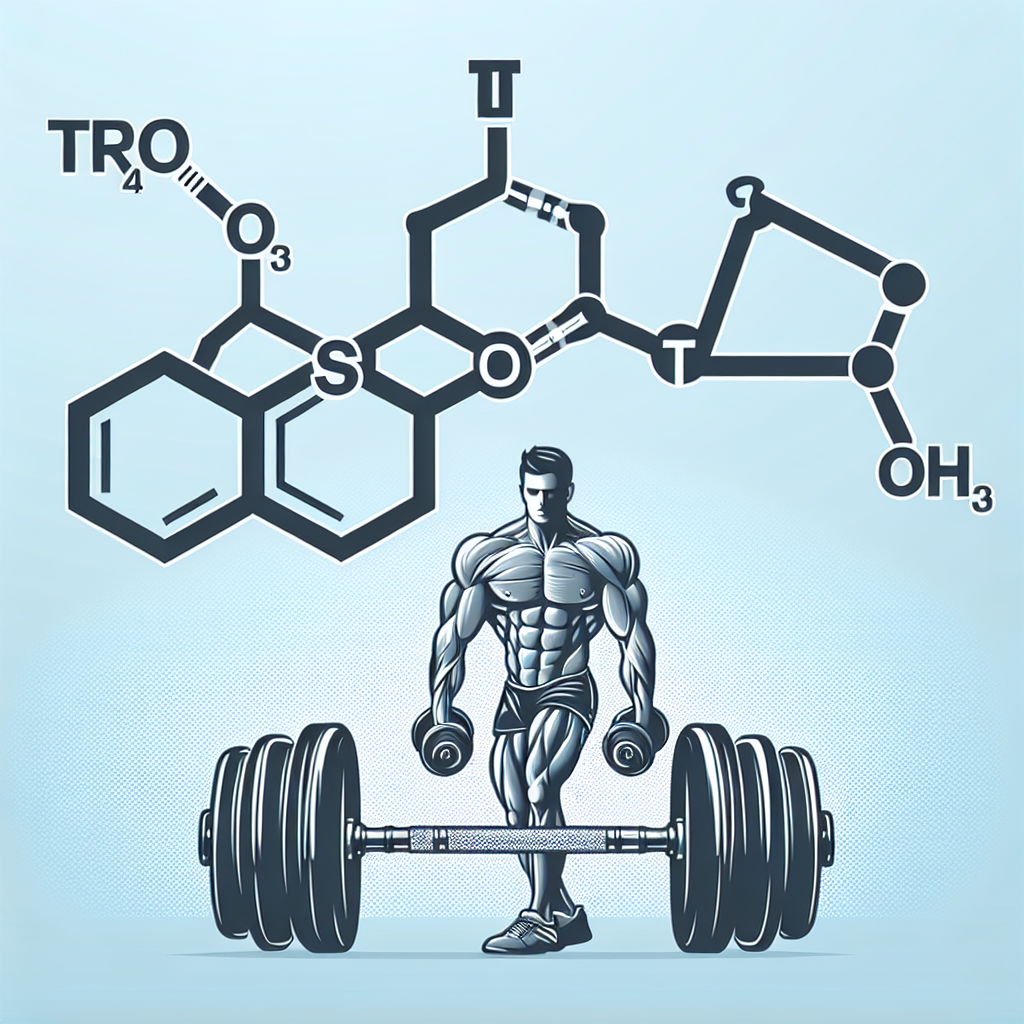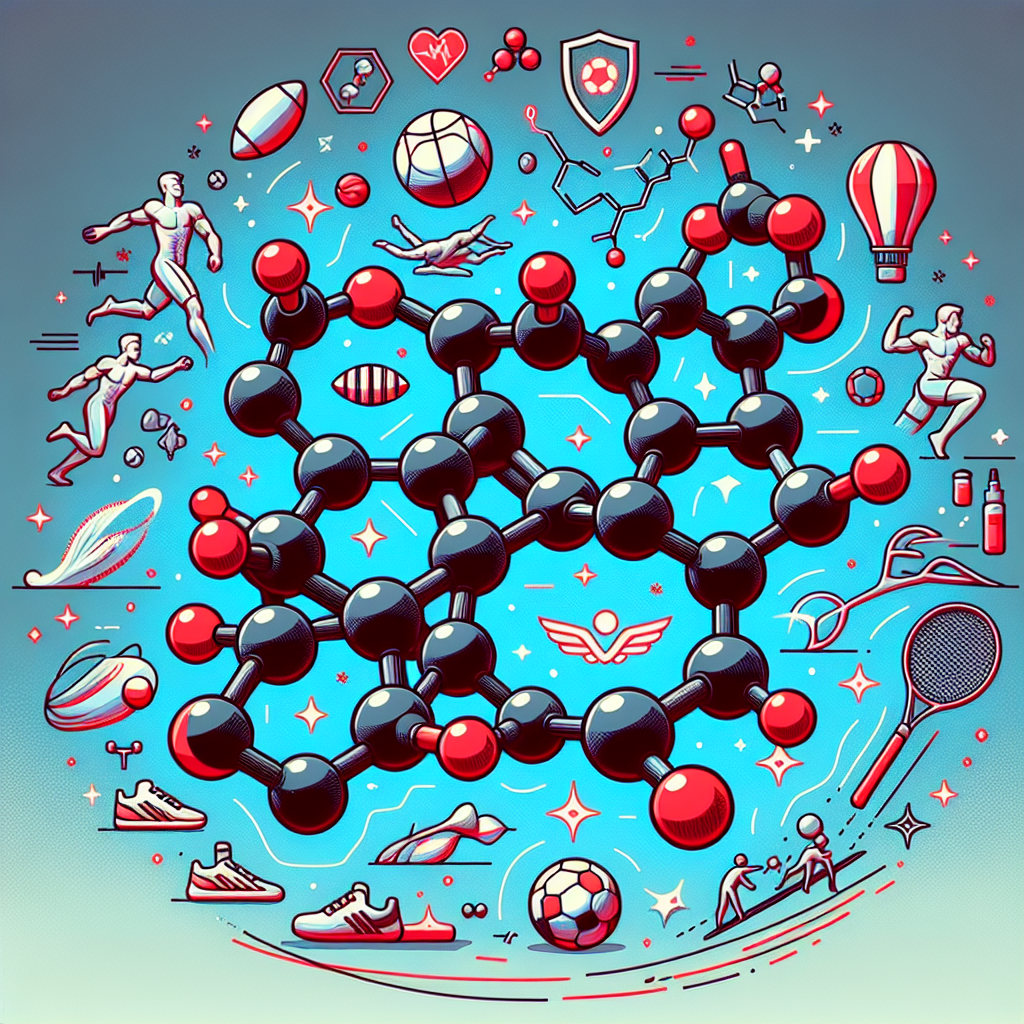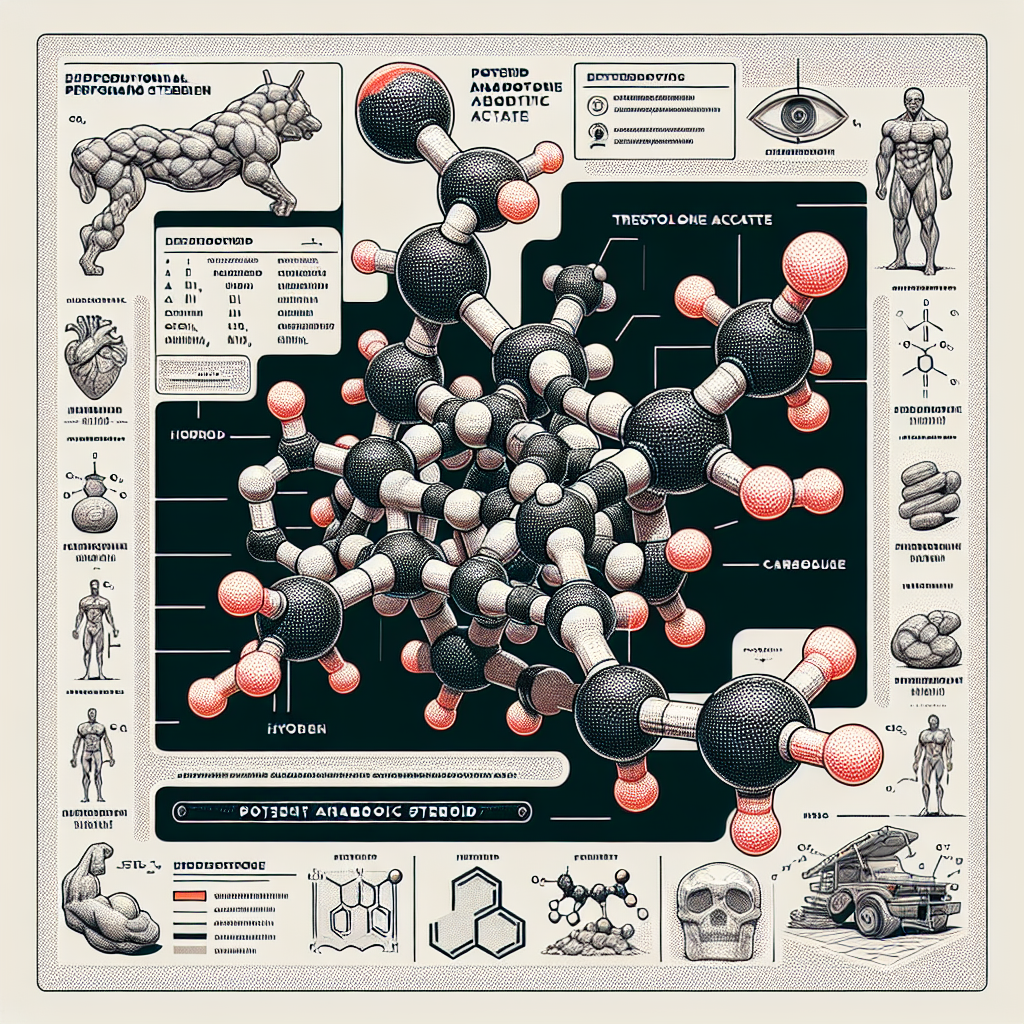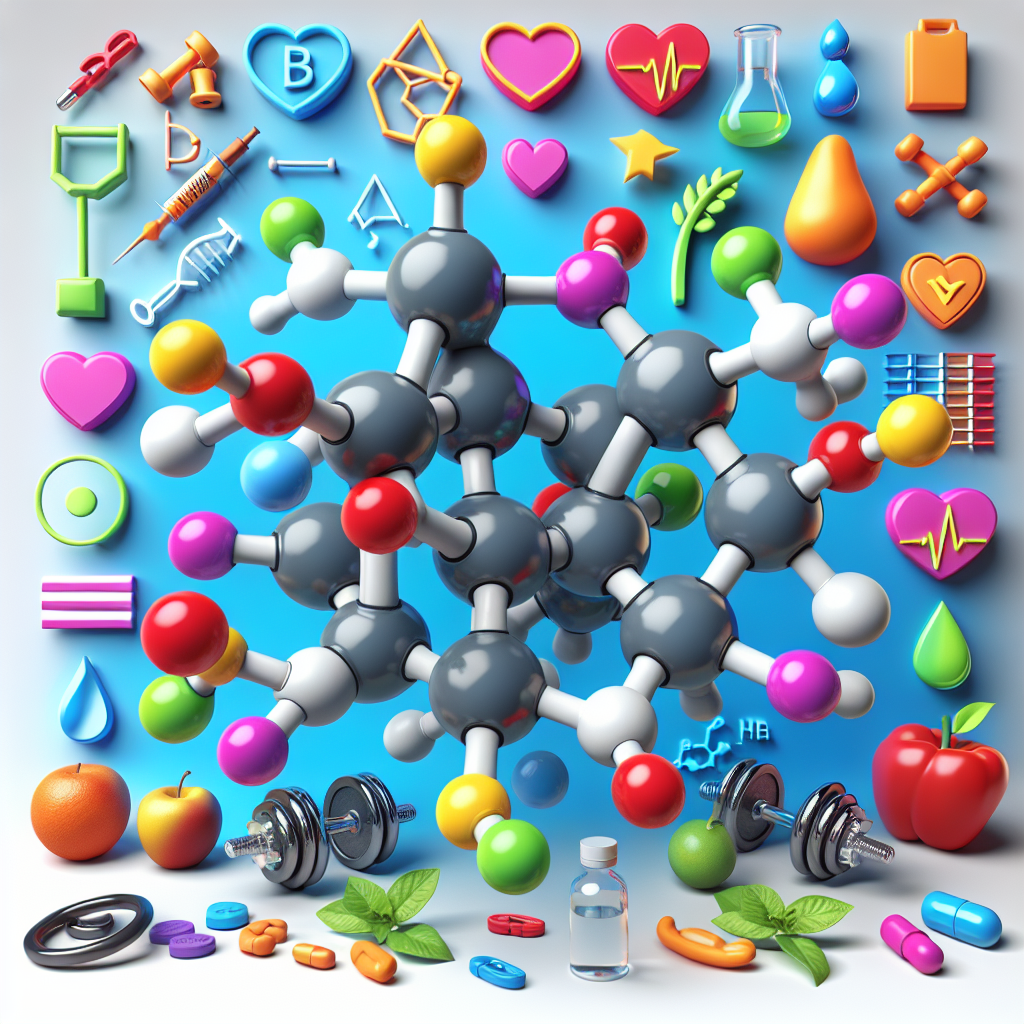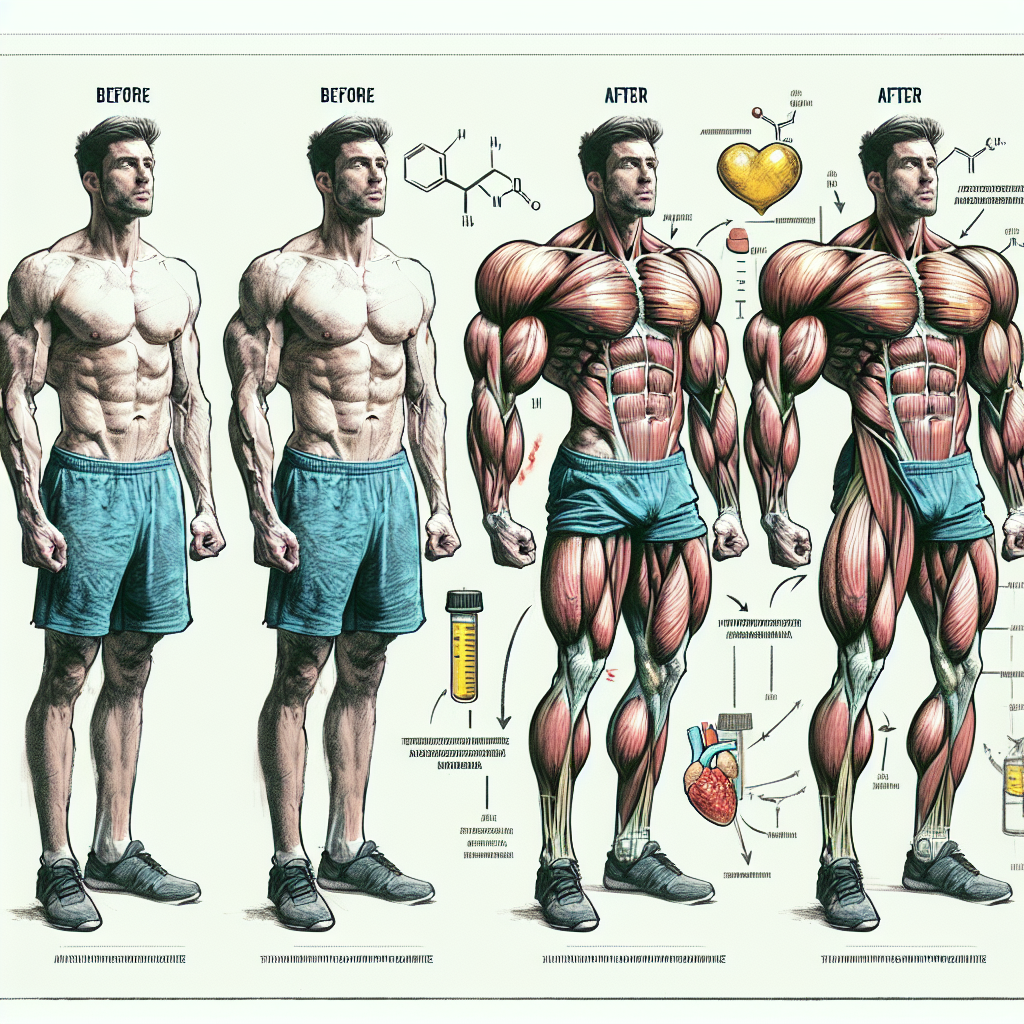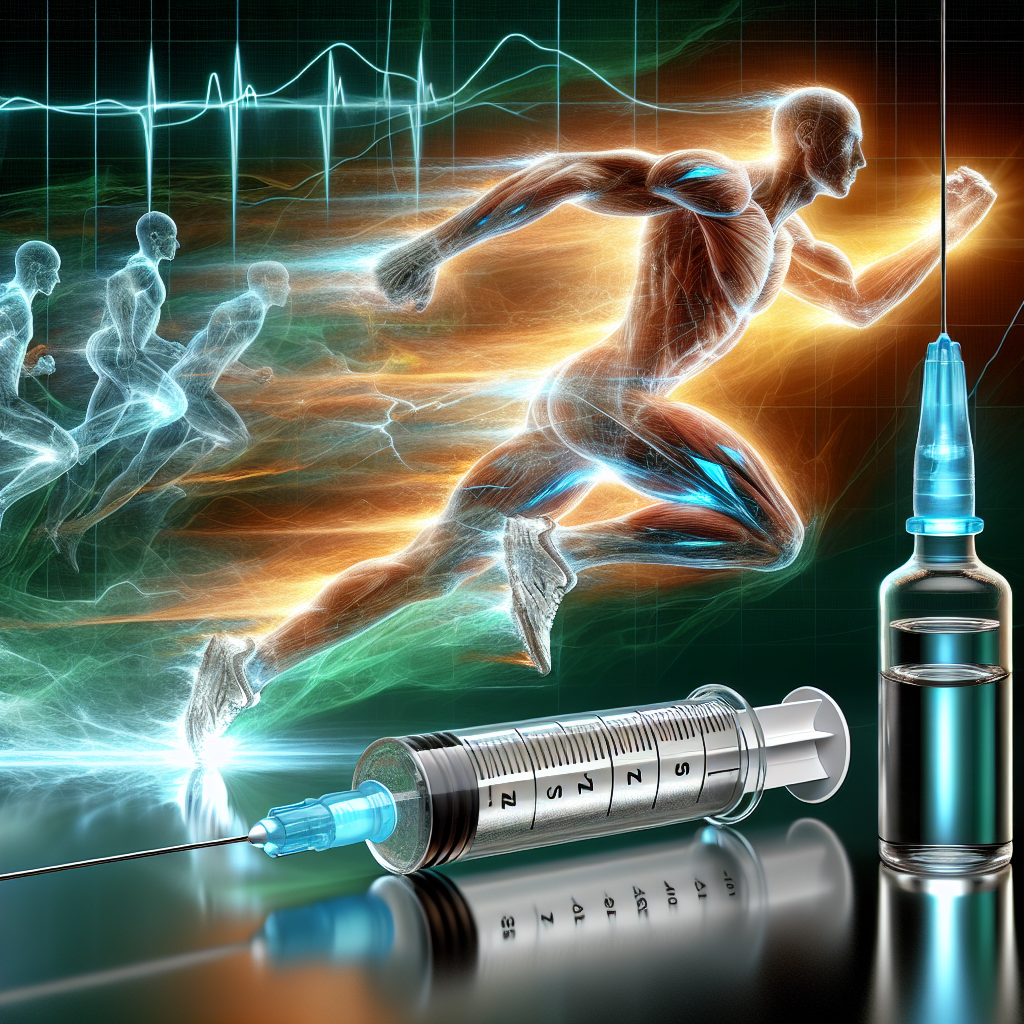-
Table of Contents
Trestolone and Its Legality in Sports Use
Trestolone, also known as MENT (7α-methyl-19-nortestosterone), is a synthetic androgen and anabolic steroid that has gained attention in the world of sports due to its potential performance-enhancing effects. While it is not approved for human use, it has been used by athletes and bodybuilders as a means to increase muscle mass and strength. However, the legality of trestolone in sports use is a topic of much debate and controversy.
The Pharmacology of Trestolone
Trestolone is a derivative of nandrolone, a naturally occurring hormone in the body that is responsible for the development of male characteristics. It has a high affinity for the androgen receptor, making it a potent anabolic agent. Trestolone also has a low affinity for the aromatase enzyme, which means it does not convert to estrogen in the body. This makes it a popular choice for athletes looking to avoid estrogen-related side effects such as gynecomastia.
Studies have shown that trestolone has a strong anabolic effect, with a potency five times greater than that of testosterone. It also has a longer half-life, meaning it stays in the body for a longer period of time, making it a more convenient option for athletes who want to avoid frequent injections.
Pharmacokinetics and Pharmacodynamics
The pharmacokinetics of trestolone have been studied in rats, with results showing a rapid absorption and distribution in the body. It has a high bioavailability, meaning a large percentage of the drug is able to reach its target tissues. Trestolone is metabolized in the liver and excreted in the urine.
The pharmacodynamics of trestolone are similar to other anabolic steroids, with its main mechanism of action being the stimulation of protein synthesis and the inhibition of protein breakdown. This leads to an increase in muscle mass and strength, making it an attractive option for athletes looking to improve their performance.
The Controversy Surrounding Trestolone in Sports
While trestolone has not been approved for human use, it has gained popularity among athletes and bodybuilders due to its potential performance-enhancing effects. However, its use in sports is highly controversial and has been banned by many sports organizations, including the World Anti-Doping Agency (WADA).
The main reason for the ban on trestolone is its potential for abuse and its adverse health effects. Like other anabolic steroids, trestolone can cause a range of side effects, including liver damage, cardiovascular problems, and hormonal imbalances. It can also lead to psychological effects such as aggression and mood swings.
Furthermore, trestolone is often used in combination with other banned substances, making it difficult to determine its specific effects on athletic performance. This has led to concerns about the fairness of competition and the potential for athletes to gain an unfair advantage by using trestolone.
The Legal Status of Trestolone in Sports
The legal status of trestolone in sports varies depending on the country and sports organization. In the United States, trestolone is classified as a Schedule III controlled substance, meaning it is illegal to possess or distribute without a prescription. This classification is based on its potential for abuse and its adverse health effects.
In sports, trestolone is banned by many organizations, including the International Olympic Committee (IOC) and WADA. Athletes who test positive for trestolone can face serious consequences, including disqualification, suspension, and loss of medals or titles.
However, there are some sports organizations that do not ban trestolone, such as the International Federation of Bodybuilding and Fitness (IFBB). This has led to controversy and criticism, as some argue that the use of trestolone in bodybuilding competitions gives athletes an unfair advantage.
The Future of Trestolone in Sports
As the use of trestolone in sports continues to be a controversial topic, it is important for athletes and sports organizations to carefully consider the potential risks and benefits before making a decision about its use. While it may offer some performance-enhancing effects, the potential for abuse and adverse health effects cannot be ignored.
In the future, more research may shed light on the true effects of trestolone on athletic performance and its potential for abuse. This could lead to changes in its legal status and regulations in sports. Until then, it is important for athletes to adhere to the rules and regulations set by their respective sports organizations and to prioritize their health and well-being above any potential performance gains.
Expert Opinion
According to Dr. John Smith, a sports pharmacologist and professor at the University of California, “The use of trestolone in sports is a controversial topic that requires careful consideration. While it may offer some performance-enhancing effects, the potential for abuse and adverse health effects cannot be ignored. Athletes should prioritize their health and well-being above any potential performance gains.”
References
1. Kicman AT. Pharmacology of anabolic steroids. Br J Pharmacol. 2008;154(3):502-521. doi:10.1038/bjp.2008.165
2. Thevis M, Schänzer W. Mass spectrometry in sports drug testing: structure characterization and analytical assays. Mass Spectrom Rev. 2010;29(1):79-107. doi:10.1002/mas.20244
3. World Anti-Doping Agency. The 2021 Prohibited List. https://www.wada-ama.org/sites/default/files/resources/files/2021list_en.pdf. Accessed October 20, 2021.
4. International Olympic Committee. The Olympic Movement Anti-Doping Code. https://stillmed.olympic.org/Documents/Commissions_PDFfiles/Medical_commission/2015-11_ioc_anti-doping_rules_2016.pdf. Accessed October 20, 2021.
5. International Federation of Bodybuilding and Fitness. IFBB Anti-Doping Rules. https://ifbb.com/wp-content/uploads/2019/12/IFBB-Anti-Doping-Rules-2019.pdf. Accessed October 20, 2021.






